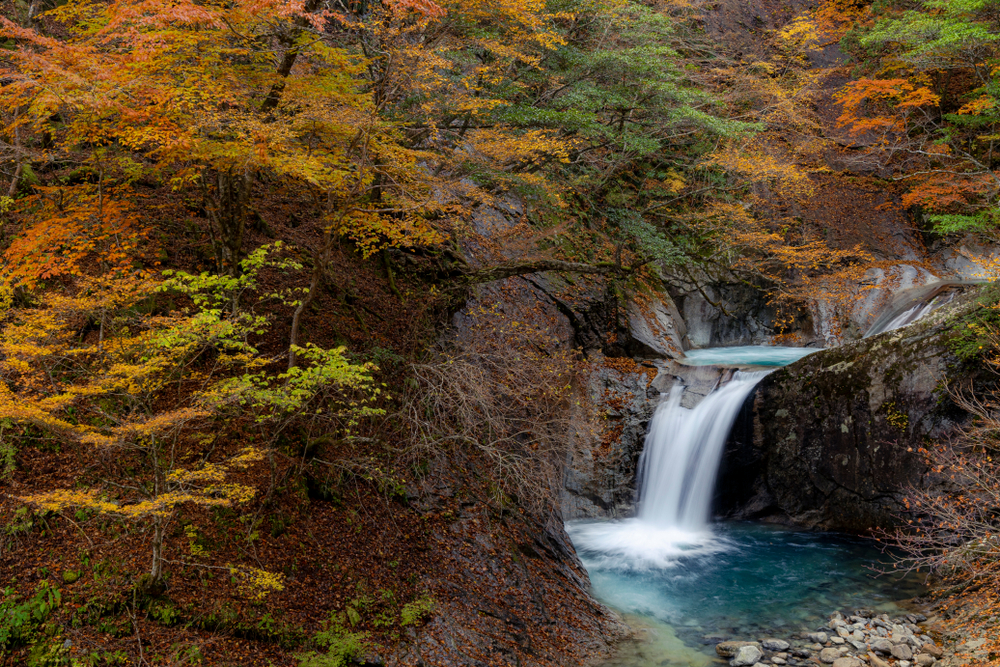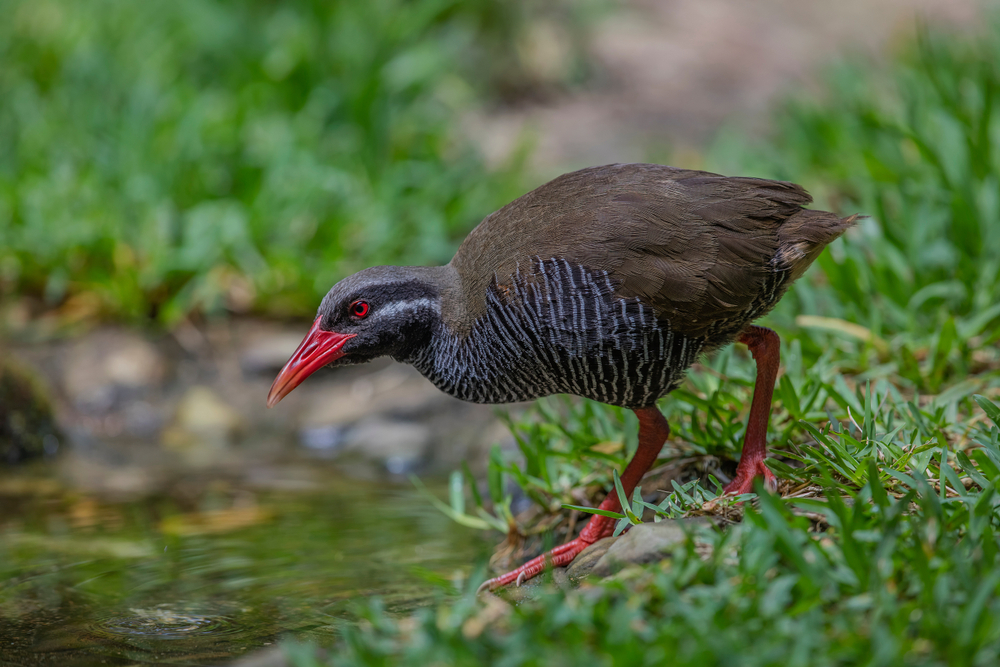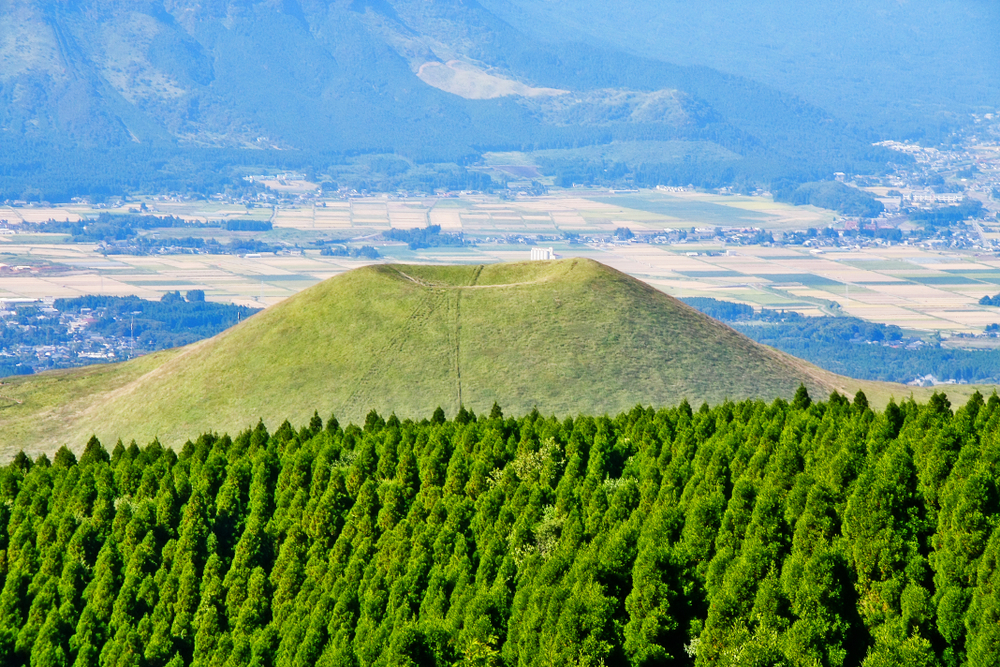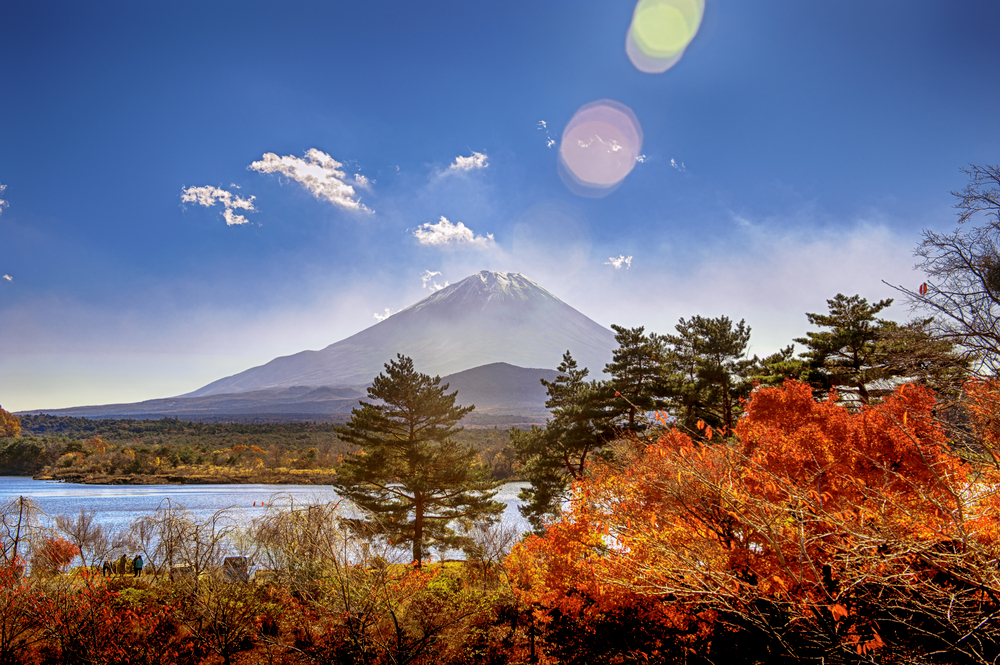Chichibu Tama Kai Overview
Chichibu Tama Kai National Park, known locally as Chichibu-Tama-Kai Kokuritsu Kōen (秩父多摩甲斐国立公園), is a stunning expanse of natural beauty located in central Honshu, Japan. Encompassing an area of 482 square miles (1,250 square kilometers), this park stretches across the prefectures of Saitama, Tokyo, Yamanashi, and Nagano. It is a sanctuary of diverse landscapes, marked by rugged mountains, lush forests, and crystal-clear rivers that captivate visitors with their unspoiled charm. The park is often referred to as the “Okutama and Chichibu Mountains” due to its prominent peaks, including Mount Kobushi (2,475 meters), Mount Mitake (929 meters), and Mount Mizugaki (2,230 meters), which form a breathtaking backdrop to the region.
The terrain of Chichibu Tama Kai National Park is a remarkable blend of towering ridges, deep valleys, and rolling highlands. Its landscape is enriched by iconic waterfalls like Hossawa Falls, a cascading beauty revered for its four-tiered structure, and rivers such as the Tama and Kanna, which flow gracefully through the park. The lush vegetation is a hallmark of the area, featuring a mix of broadleaf deciduous forests and coniferous woods. In spring, the park is adorned with blooming cherry blossoms, while autumn brings vibrant hues of red and gold as the leaves change, making it a year-round destination for nature lovers.
The wildlife of Chichibu Tama Kai is equally diverse and enchanting. The park is home to key mammal species like the Japanese serow, Japanese macaque, and sika deer. Bird enthusiasts can spot the copper pheasant, Japanese robin, and even the rare golden eagle soaring above the mountains. The streams and rivers within the park are teeming with aquatic life, including the elusive Japanese giant salamander, a species of global ecological significance.
Visitors to Chichibu Tama Kai National Park often highlight its extensive hiking trails as a major draw. Trails like the Okutama Mukashi Michi provide immersive experiences through verdant forests and along scenic ridgelines. Mount Mitake offers a blend of nature and spirituality, featuring the historic Musashi-Mitake Shrine at its summit. Outdoor activities such as rock climbing, camping, and fishing are also popular, with the park’s pristine rivers being a haven for anglers.
The park faces conservation challenges, including managing the impact of tourism and urban development from nearby metropolitan areas. However, efforts to preserve its biodiversity have seen successes through habitat restoration projects and public education programs. Collaboration between local communities and park management has been pivotal in protecting this natural gem.


















































































